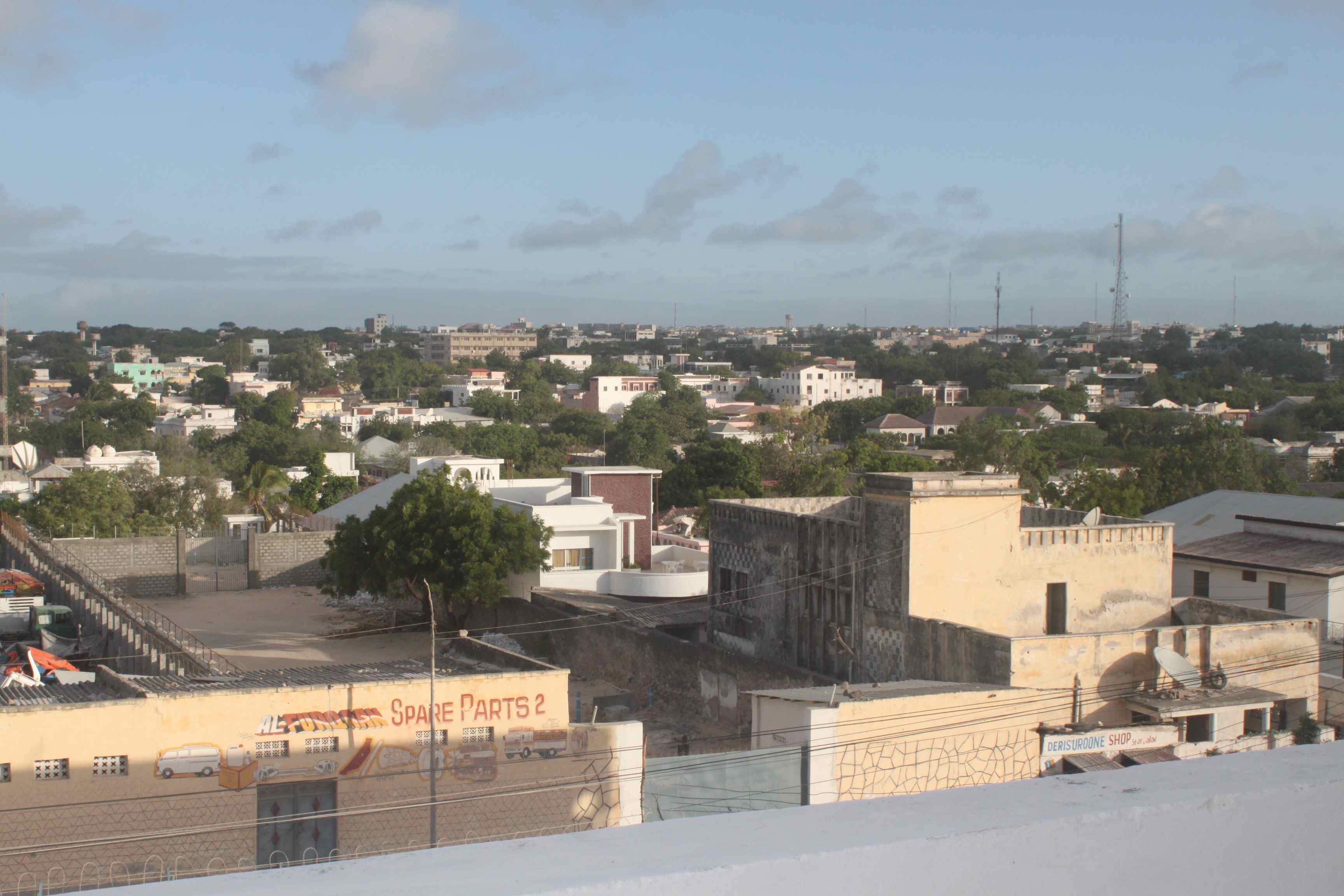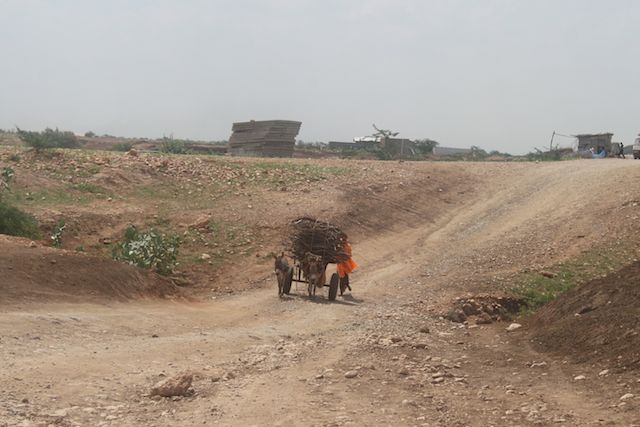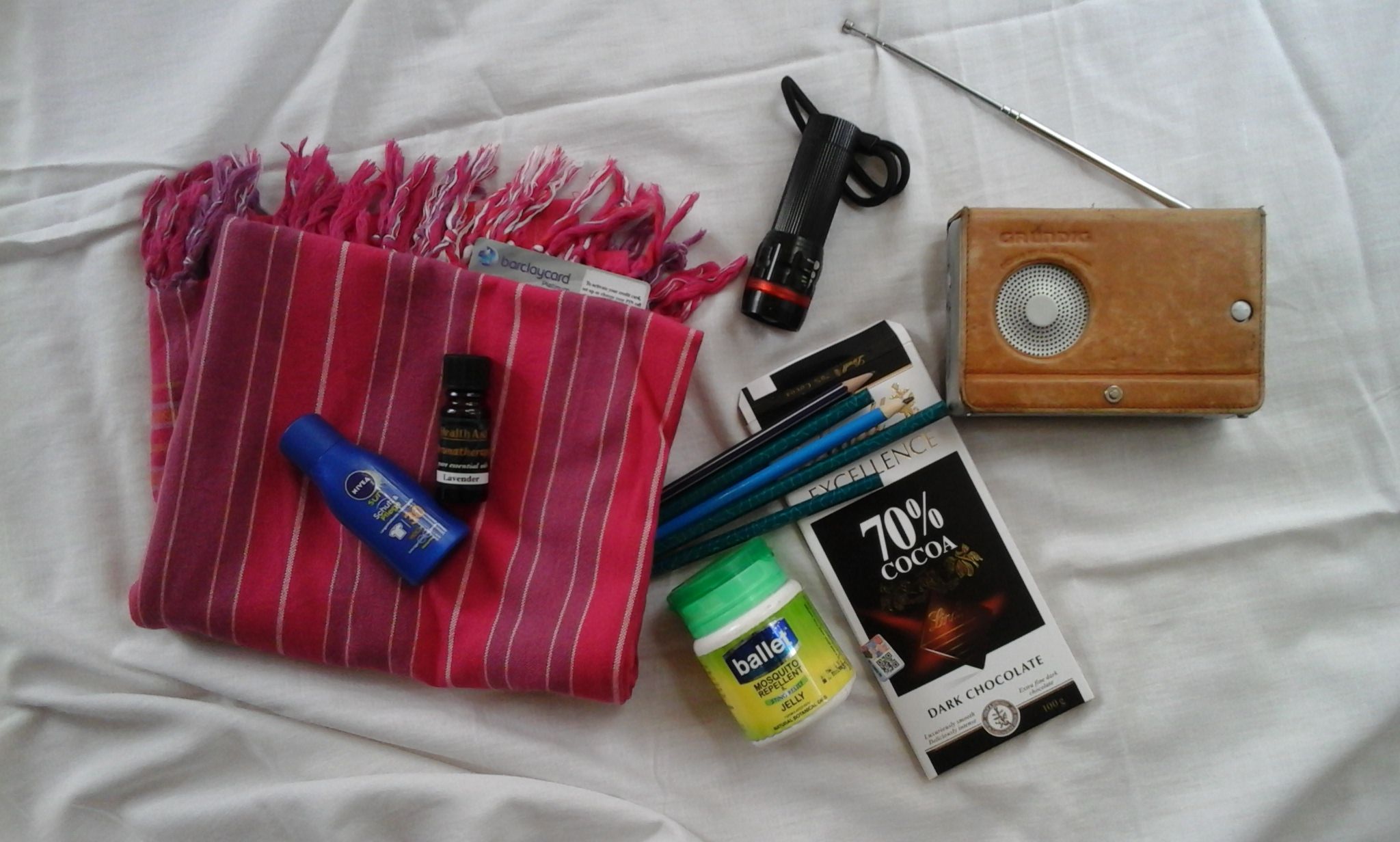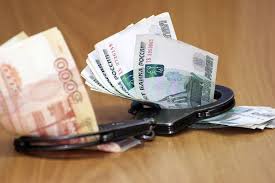THE SOLDIER AND THE CAMERA - TALES FROM THE FIELD
I have always thought that ‘field’ is a strange word to describe where I sometimes work. As a communications worker for the East African branch of an international NGO my work was both office and ‘field’-based. In other words, to get the information I needed for donors, supporters and the media, I had to get to the heart of the operation - to the people who benefited from the projects and programmes - known in NGO lingo as the ‘field’.
I would spend a few days with field staff, meeting ‘beneficiaries’ (more NGO jargon), listening to stories, taking pictures, taping interviews, etc. and then return to Nairobi to write and edit the information into transmittable form. It was rare that I actually worked in a field, except when viewing post drought rehabilitation programmes, such as irrigation systems or income-generating schemes.
Mostly I was in hot and dusty, or wet and muddy rural environments, which sometimes required long road journeys to get there. It was on one of those journeys, between Uganda’s capital, Kampala and the northern town of Gulu, that I met the soldier.
I had been going to Gulu since 2003 when the Lord’s Resistance Army (LRA - led by Joseph Kony) a notoriously vicious group of so-called ‘rebels’ terrorised the countryside, murdering, maiming and kidnapping. Their targets were often women and children, taken as sex slaves and child soldiers.
It was about that time that the children living near Gulu began their evening treks into the safety of town, where they would sleep in churches, bus stations and shop doorways and return home at daybreak the next morning. The media dubbed them the ‘children of the night’ and soon after that UNICEF and other agencies began to provide more formal shelter in tents located in relatively safe parts of town.
In 2003 the journey to Gulu was about 4 hours by road from Kampala. The road was good because it was rarely used, except by buses, NGO vehicles and the Ugandan army. We always travelled in daylight and we drove fast. The closer we got to Gulu the faster we drove, breathing a small sigh of relief when we reached the safety of the town.
About two thirds of the way from Kampala to Gulu we crossed the Nile near Karuma Falls, a significant milestone, not only for the wild water of the mighty Nile, but also because it marked the beginning of the insecure area. There were usually soldiers posted around the bridge and we were not allowed to stop. We did have to slow down though, when I managed to get some discreet photos of the rapids as they flowed downstream towards Sudan, Egypt and ultimately, the Mediterranean. But we speeded up as soon as we were off the bridge, knowing that the LRA could be anywhere.

Over the next few years, as the Ugandan army began to get control of the situation in the north, the LRA moved on. Previously they had based themselves between southern Sudan and northern Uganda, but Sudanese support was waning. Instead they crossed borders into places like the Democratic Republic of Congo and the Central African Republic, to prey on other unlucky communities.
As a sense of calm settled on northern Uganda, so the roads got busier, especially as there was relative peace in southern Sudan - soon to become the separate nation of South Sudan. Apart from an influx of trucks carrying goods to the fledgling state the road began to fill with people, no longer afraid to walk in the open. New settlements appeared, old ones were rehabilitated, the presence of the army diminished and the road deteriorated under the heavy commercial traffic. It was no longer possible to speed towards Gulu because of the newly formed pot holes, but at least it was safe.
I continued to visit Gulu, gathering positive stories of regeneration in an area that had really suffered. Every time I went I noticed more signs of security in the town - people on bicycles, young Western NGO workers everywhere (many volunteers) and new hotels, some open before construction had actually finished. The place was booming.
I left the NGO in 2010 but continued to freelance for them and in 2012 I returned to Gulu to interview one of Joseph Kony’s ex wives. But that’s another story.
The road journey up was a contrast to my first visit nine years before. This time we took it at a leisurely pace and when we got to Karuma Falls my Ugandan colleague insisted on stopping so I could take a photo. I didn’t object, relishing the opportunity to get out of the car and take a proper picture. The two of us spent five minutes taking in the view of the rough water that would later become a new source of hydro electricity in Uganda.
As we got back into the car, from apparently out of nowhere, a soldier dressed In Ugandan army uniform, appeared. He spoke in a vernacular language that I didn't understand and told my colleague that photography on the bridge was forbidden. Had it been 2003 we would not have been surprised. But this was nine years later, the LRA had gone and tourists were returning to the game parks of the north. The Nile near the Falls would be a natural stopping point, a photo opportunity not to be missed.
The soldier, wearing the ubiquitous aviator sunglasses, asked for my camera, and, knowing I had nothing to hide, I gave it to him. Then he said that to get it back I would have to go with him to the nearest army base, at least 10 kms away. Worse still, we would have to walk, as he said we couldn’t get there by road. This was getting serious. He had my camera and the only way I could get it back was to walk across country with him for 10 kms? I sat there fuming, angry that I had given him my camera and upset that, having crossed the Falls many times without stopping, I was, in this time of long awaited peace, being hassled.
I needed my camera back and I wasn’t going to walk into the bush with this man to get it. After a short negotiation between my colleague and the soldier he settled for the equivalent of 10 dollars in return for my camera. I’m not ashamed - I’m pretty sure what he was doing was illegal too.
I crossed the Nile near Karuma Falls again last year - another trip for another employer. It’s now the construction site of a hydroelectric power station, possibly the largest in Uganda. I didn’t bother to take a picture.

.jpg)



.jpg)




john chisler Says:
January 14, 2018 at 02:13pm